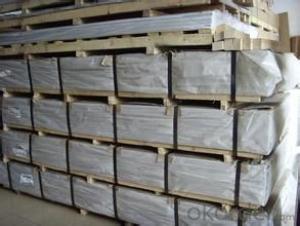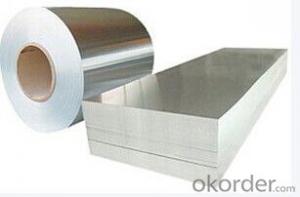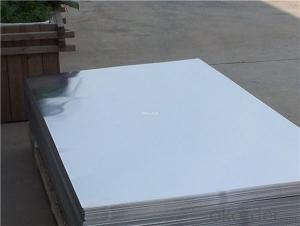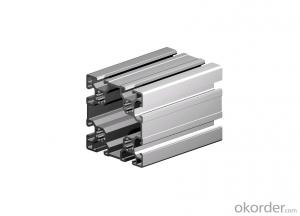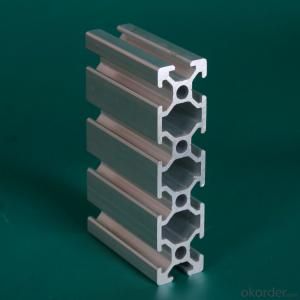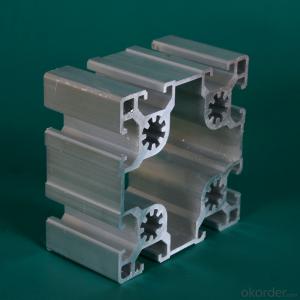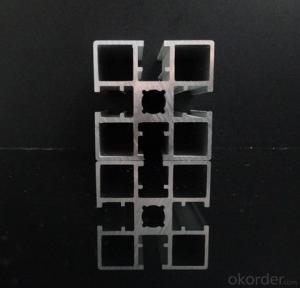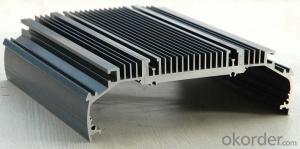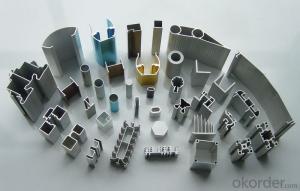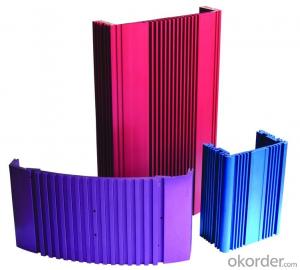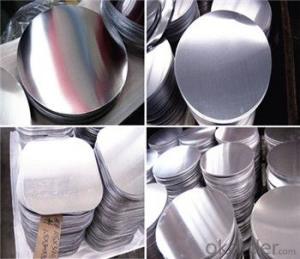Rolled Aluminum Sheet
Rolled Aluminum Sheet Related Searches
Led Light Bulbs For Ceiling Fixtures Led Lamps For Ceiling 42 In Ceiling Fan With Light Aluminum Coil Stock For Gutters Aluminum Foil For The Grill Hole Saw For Aluminum Plate Aluminum Tread Plate For Trailer Bow Plate For Aluminum Boat Aluminum Foil For Grow Room Aluminum Foil For Joint PainHot Searches
Stock Price For Aluminum Aluminum Coil Stock For Sale Aluminum Gutter Coil For Sale Used Aluminum Scaffolding For Sale 1/4 Aluminum Plate For Sale Aluminum Bar Stock For Sale Aluminum Round Stock For Sale Aluminum Diamond Plate For Sale Aluminum Scaffolding For Sale Craigslist 6061 Aluminum Plate For Sale Aluminum Dock Plate For Sale 7075 Aluminum Plate For Sale Aluminum Tread Plate For Sale Aluminum Checker Plate For Sale Aluminum Plate For Sale Near Me Plate Aluminum For Sale Aluminum Plate For Sale Aluminum Square Stock For Sale Aluminum Flat Stock For Sale Billet Aluminum Stock For SaleRolled Aluminum Sheet Supplier & Manufacturer from China
Okorder.com is a professional Rolled Aluminum Sheet supplier & manufacturer, offers integrated one-stop services including real-time quoting and online cargo tracking. We are funded by CNBM Group, a Fortune 500 enterprise and the largest Rolled Aluminum Sheet firm in China.Hot Products
FAQ
- Yes, aluminum profiles can be used for stage and event structures. Aluminum is a lightweight and durable material that is commonly used in the construction industry for various applications, including stage and event structures. Aluminum profiles are versatile and can be easily shaped, cut, and joined together to create custom structures. They offer excellent strength-to-weight ratio, making them suitable for supporting heavy equipment and ensuring the safety of performers and audience members. Additionally, aluminum profiles can be powder-coated or anodized to provide a decorative finish and protect them from corrosion, enhancing the visual appeal and longevity of the structures. Overall, aluminum profiles are a popular choice for stage and event structures due to their versatility, strength, and aesthetic qualities.
- Are there any differences between aluminum alloy and aluminum alloy?
- Aluminum alloy refers to the material, aluminum alloy refers to the productIt's like the difference between gold and gold
- Yes, aluminum profiles are suitable for conveyor systems. Aluminum is a lightweight and durable material that is commonly used in various industries for its numerous advantages. Firstly, aluminum profiles offer excellent strength-to-weight ratio, making them ideal for conveyor systems. They can support heavy loads while still being lightweight, allowing for easy installation and flexibility in design. This characteristic is particularly advantageous in conveyor systems where efficiency and ease of movement are crucial. Secondly, aluminum profiles are corrosion resistant. Unlike other metals, aluminum does not rust, ensuring the longevity and reliability of the conveyor system. This is especially important in industries that deal with moisture or harsh environments. Moreover, aluminum profiles are highly customizable. They can be easily machined and shaped to meet specific requirements and dimensions of the conveyor system. This allows for the creation of unique and efficient designs, ensuring optimal performance and functionality. Additionally, aluminum profiles have excellent thermal conductivity. They quickly dissipate heat, preventing any potential damage or overheating of the conveyor system. This is particularly beneficial in industries that involve high-temperature processes. Furthermore, aluminum profiles are cost-effective. While the initial investment may be slightly higher compared to other materials, the long-term benefits outweigh the costs. Aluminum requires minimal maintenance, reducing downtime and associated expenses. In conclusion, aluminum profiles are indeed suitable for conveyor systems. Their lightweight nature, corrosion resistance, customization options, thermal conductivity, and cost-effectiveness make them an ideal choice for a wide range of conveyor applications.
- Yes, aluminum profiles are generally resistant to both impact and vibration. Aluminum is known for its high strength-to-weight ratio and excellent durability. It can withstand external forces and impacts without easily deforming or breaking. Additionally, aluminum's natural properties make it inherently resistant to vibration. It has a high damping capacity, meaning it can absorb and dissipate vibrations, reducing their effects. This makes aluminum profiles an ideal choice for applications where impact or vibration resistance is required, such as in the construction, automotive, aerospace, and marine industries.
- The load-bearing capacities of various aluminum profile shapes differ depending on several factors, including the specific aluminum alloy used, the profile's size and dimensions, and its intended application. Aluminum profiles, also referred to as extrusions, are available in a wide range of shapes, which include I-beams, T-beams, square tubes, rectangular tubes, angles, and channels. Each shape possesses a distinct load-bearing capacity due to its structural design and cross-sectional properties. For instance, I-beams exhibit a high load-bearing capacity due to their shape, enabling efficient distribution of weight along the flanges. These profiles are commonly employed in structural applications that require supporting heavy loads. T-beams, on the other hand, possess a load-bearing capacity akin to I-beams but feature a different cross-sectional shape. They find utility in applications necessitating a flat surface on one side, such as in the construction or automotive industries. Square and rectangular tubes are versatile profiles widely used in building structures, frames, and support systems. Their load-bearing capacity is contingent upon the tube's wall thickness and size. Angles and channels, characterized by their L-shaped and U-shaped cross-sections respectively, are commonly employed in the construction and manufacturing sectors. The load-bearing capacity of these profiles is influenced by their size and dimensions. It is important to note that manufacturers typically provide the load-bearing capacities of aluminum profiles, which should be consulted for specific applications. Moreover, engineering calculations and considerations, such as deflection, bending moments, and safety factors, should be taken into account when determining the appropriate aluminum profile shape and size for a given load-bearing requirement.
- Yes, aluminum profiles do require regular maintenance, although the frequency and extent of maintenance will depend on the specific usage and environmental conditions. Aluminum profiles are known for their durability and resistance to corrosion, but they can still accumulate dirt, grime, and oxidation over time. Regular cleaning with mild soap or detergent and water is recommended to remove dirt and maintain the appearance of the profiles. Additionally, lubrication of moving parts, such as hinges or sliding mechanisms, can help ensure smooth operation. Inspecting for any signs of damage, such as cracks or loose connections, is also important to address any issues before they worsen. Overall, regular maintenance helps to extend the lifespan of aluminum profiles and ensures their optimal performance.
- Indeed, modular systems or frameworks can utilize aluminum profiles. These profiles possess the qualities of being lightweight, sturdy, and exhibiting exceptional structural integrity, rendering them an optimal selection for the construction of modular systems or frameworks. The ease with which these profiles can be assembled and disassembled grants designers the freedom to modify and adjust structures as needed. Moreover, aluminum profiles exhibit commendable resistance against corrosion, rendering them appropriate for both indoor and outdoor applications. Furthermore, their sleek and contemporary aesthetic appeal contributes to their popularity in architectural and industrial design. In conclusion, aluminum profiles represent a versatile and trustworthy choice for the creation of modular systems or frameworks.
- Yes, aluminum profiles can be used in structural applications. Aluminum is a lightweight and versatile material that offers excellent strength-to-weight ratio and corrosion resistance. It can be easily formed, welded, and machined, making it suitable for various structural projects such as building frames, bridges, and industrial structures.
















